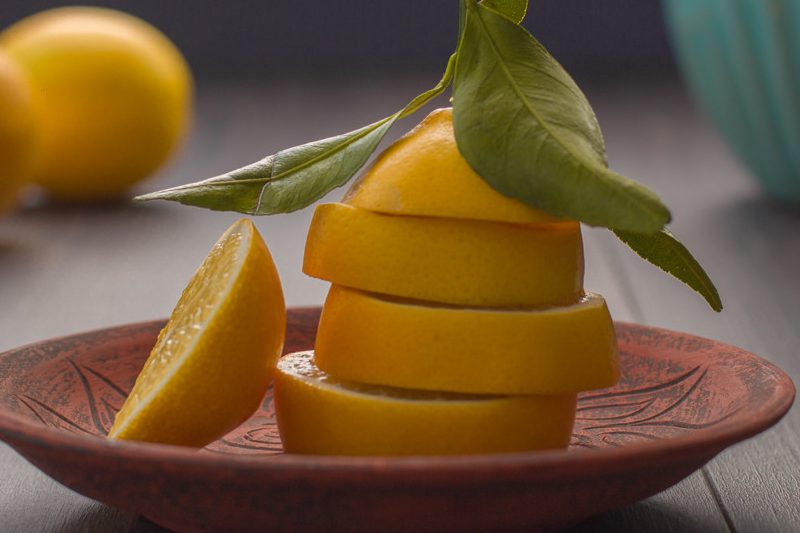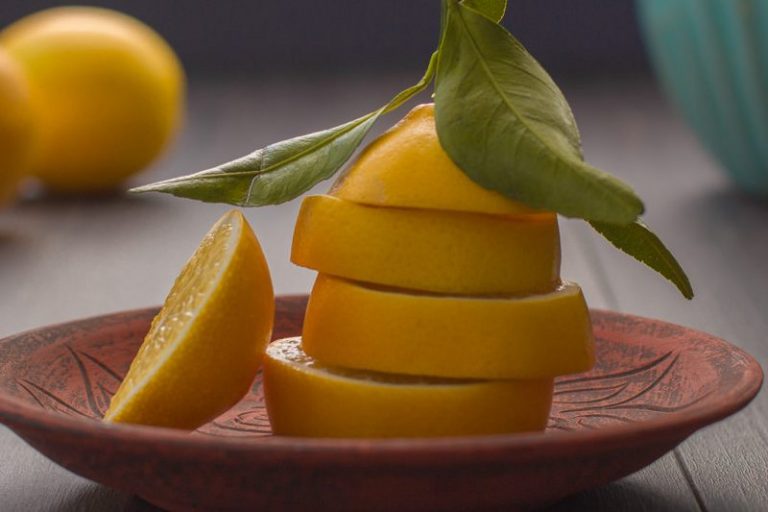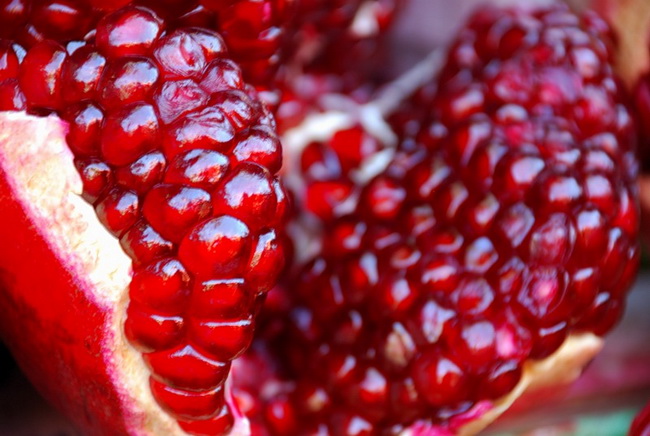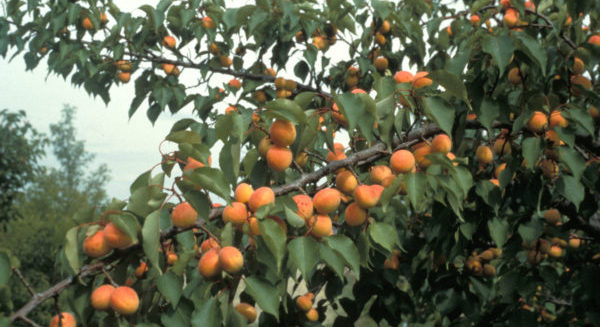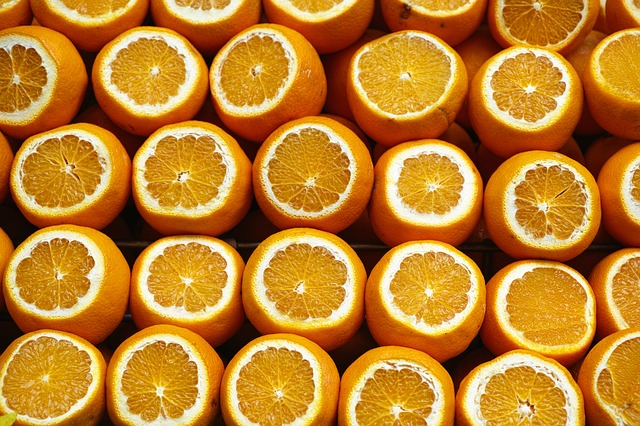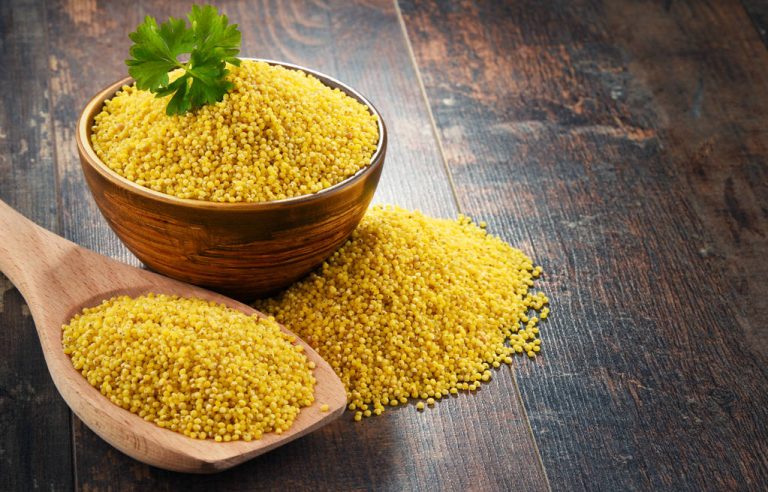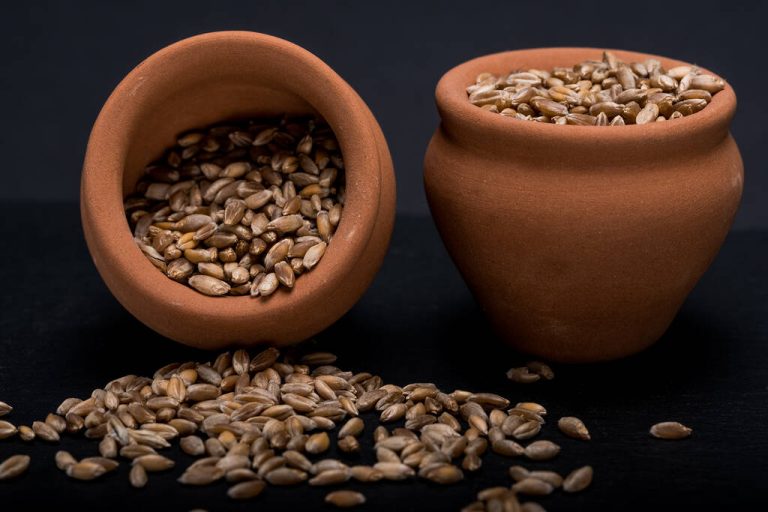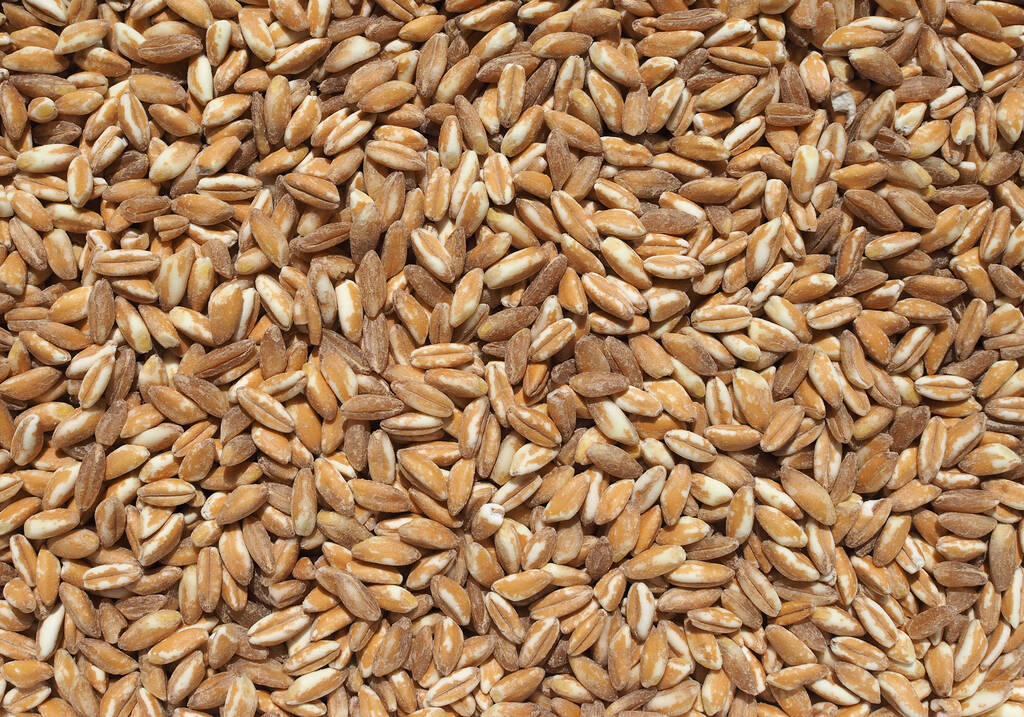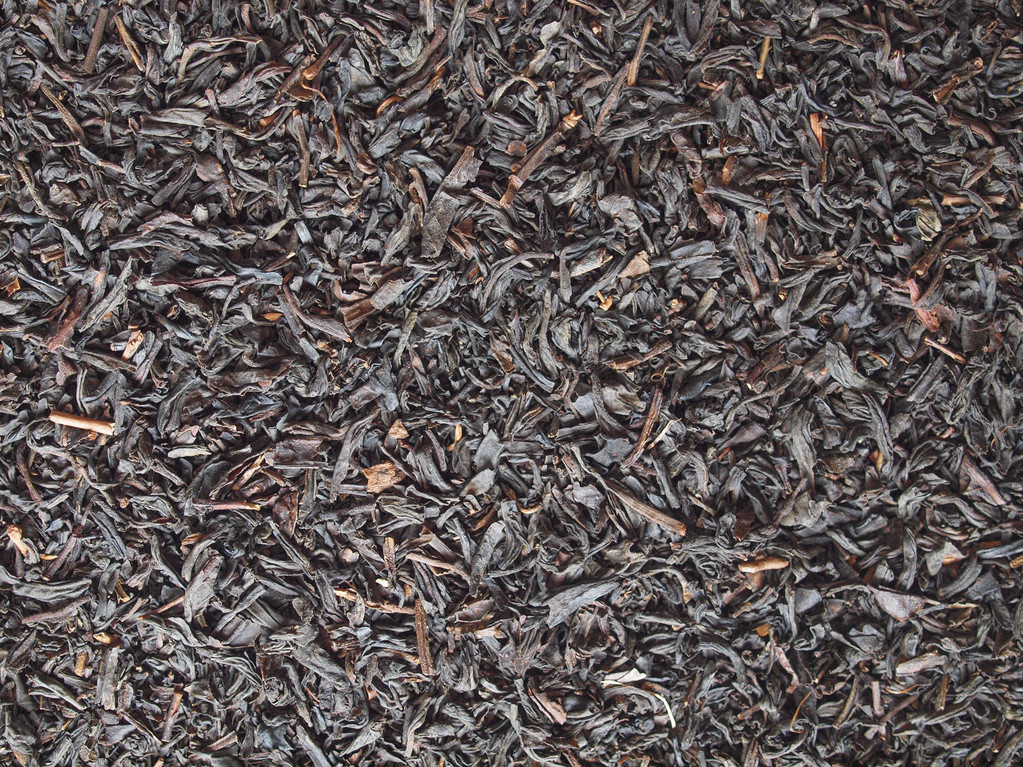Oatmeal and oat milk are popular foods. Rightly so! Because oatmeal is healthy and making oat milk yourself is easy. Of course, you can also find both in the supermarket. Here you can get the oatmeal’s nutritional values and more information about the regional superfood.
Anyone who has already discovered oat products knows how delicious they are. There are many ways to use oats. Because not only porridge and muesli can be made from it. You can also use oatmeal to make bread or prepare lunch.
Oats as nature’s miracle cure
Oats are a useful grain from the grass family. Until the Middle Ages, this was mainly used as food. But today it is mainly used as animal feed. Although it is currently enjoying a period of popularity due to its healthy reputation. Because it is also considered a local superfood that you should know about. And rightly so, it’s becoming increasingly popular. Since it can be used in many ways, e.g. as oatmeal, oat bran, oat milk, and much more. It has the advantage that it is grown regionally in Northern and Central Europe, among other places, and contains little gluten.

The beneficial effects of oats
The oat grain is nutritionally very valuable. Because it contains a lot of protein and the proteins it contains consist largely of essential amino acids. You can also find minerals in oats, such as magnesium, iron, calcium, potassium, and zinc. In addition, it contains B vitamins and vitamin E. And because of the many calories, it is a real source of energy (100 g / 370 kcal). And if you’re looking for another source of fiber, this grain is for you. It is also said to have a healing effect. Because it is said to have a positive effect on certain diseases.
Simply prepare oatmeal
Since you can prepare the oatmeal in many ways, we want to give you some inspiration. So you can heat them up with oat milk or water in a saucepan and add a little cinnamon. Then you can refine the porridge with fruit, flaxseed, and delicious honey. Also, note our ideas for making muesli yourself. Instead of the classic version, you can also prepare hearty oat dishes. For example, a hearty porridge with tomatoes, feta, and mushrooms. In addition, patties made from zucchini and oatmeal taste very good. You can also use it to bake delicious oatmeal cookies or bread yourself.
Oats as a remedy
The good nutritional values of the grain and its positive effect on diseases make it a valuable food in naturopathy. Accordingly, you can sensibly integrate it into your diet and benefit from it. However, you should make sure that the oatmeal or oat milk is of good quality. So we show you what you can use the grain for:
1) Oatmeal to deacidify the body
Oatmeal is rich in nutrients. Foods that form good acids are also included. So you can eat them with peace of mind. If you are in the process or plan to detox your body effectively, then diet is crucial. Good acid-forming foods such as oatmeal, couscous, etc. can help you with this.
2) A good source of fiber
The grain also provides you with valuable dietary fiber. Nowadays we usually eat too little of it. But these are important for our digestion. Consequently, use them to effectively stimulate your digestion and fight constipation. You should also drink a lot and get enough exercise. If all else fails, you can cleanse your colon. Also, read about simple home remedies and foods for colon cleansing.
3) As a home remedy for gastrointestinal complaints
Likewise, oatmeal is a good remedy for gastrointestinal complaints. Because the indigestible fiber of these should protect the mucous membrane of the stomach and intestines. Accordingly, they form a protective layer that retains the acidic gastric juice. So make yourself a delicious porridge with these complaints.
4) Oatmeal to lower cholesterol
Furthermore, the regular consumption of oatmeal is said to effectively lower cholesterol. And that’s because of the good and healthy oatmeal nutritional values. Because the beta-glucan it contains helps to reduce LDL levels. However, you have to eat at least two servings a day for this effect. But since you can conjure up a variety of dishes from it, this shouldn’t be a problem!
5) For healthy nutrition during pregnancy

A nutritious and healthy diet during pregnancy is important. This is because the health and development of the child are already influenced here. If you are pregnant, it is advisable to eat consciously and increase the nutrients. The oatmeal nutritional values show that these and others should be integrated into the diet. Also read about valuable pseudo-cereals during pregnancy.
6) Green oats for body aches
Green oats are immature oat plants. This is harvested shortly before flowering and, as a tea, has a positive effect on health problems. Accordingly, inflammation in the body should be reduced. You can also take a full bath with it. This can relieve body aches.
